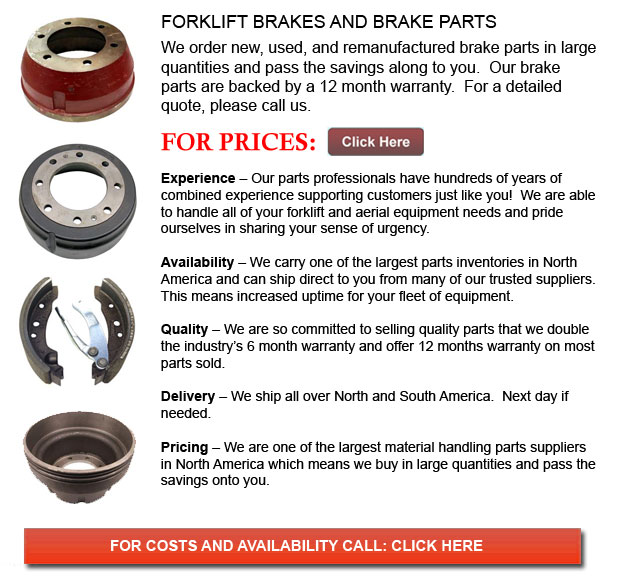
Brake for Forklift - A brake wherein the friction is provided by a set of brake shoes or brake pads that press against a rotating drum shaped unit referred to as a brake drum. There are several particular differences among brake drum kinds. A "brake drum" is commonly the explanation provided if shoes press on the inner exterior of the drum. A "clasp brake" is the term used so as to describe whenever shoes press next to the outside of the drum. Another kind of brake, referred to as a "band brake" utilizes a flexible band or belt to wrap around the outside of the drum. If the drum is pinched in between two shoes, it can be referred to as a "pinch brake drum." Similar to a standard disc brake, these types of brakes are somewhat rare.
Previous to the year 1995, early brake drums required consistent adjustment regularly to be able to compensate for shoe and drum wear. Long brake pedal or "Low pedal" travel is the hazardous end result if adjustments are not carried out satisfactorily. The motor vehicle can become dangerous and the brakes can become ineffective when low pedal is mixed together with brake fade.
There are a variety of Self Adjusting Brake Systems available, and they can be categorized within two main types, RAI and RAD. RAI systems have built-in devices which avoid the systems to be able to recover when the brake is overheating. The most popular RAI manufacturers are Bosch, AP, Bendix and Lucas. The most well-known RAD systems consist of Volkswagen, VAG, AP, Bendix and Ford recovery systems.
Self repositioning brakes generally utilize a mechanism that engages just when the motor vehicle is being stopped from reverse motion. This stopping technique is suitable for use where all wheels use brake drums. Nearly all vehicles now use disc brakes on the front wheels. By working only in reverse it is less possible that the brakes will be applied while hot and the brake drums are expanded. If tweaked while hot, "dragging brakes" can take place, which increases fuel intake and accelerates wear. A ratchet tool that becomes engaged as the hand brake is set is one more way the self adjusting brakes can function. This means is only suitable in applications where rear brake drums are utilized. Whenever the parking or emergency brake actuator lever goes over a certain amount of travel, the ratchet developments an adjuster screw and the brake shoes move in the direction of the drum.
There is a manual adjustment knob situated at the bottom of the drum. It is usually adjusted through a hole on the other side of the wheel and this requires going under the vehicle together with a flathead screwdriver. It is of utmost significance to move the click wheel correctly and adjust every wheel evenly. If unequal adjustment occurs, the vehicle could pull to one side during heavy braking. The most efficient way to be able to guarantee this tedious task is done carefully is to either raise each and every wheel off the ground and spin it manually while measuring how much force it takes and feeling if the shoes are dragging, or give each one the exact amount of clicks using the hand and then perform a road test.
![]() Click to Download the pdf
Click to Download the pdf
Forklift Parts
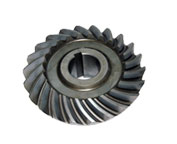
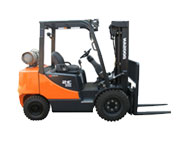
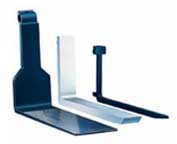
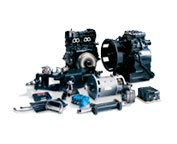
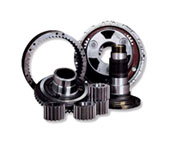
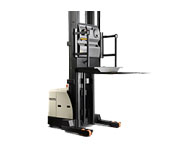
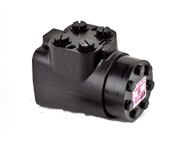
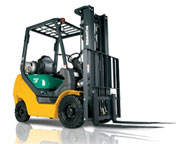
Lift Parts Express
TOLL FREE: 1-888-695-7994
LOCAL: 325-267-6235
3478 CATCLAW DR 160
Abilene, Texas
forkliftpartsabilene.com
Email Us
About Us


